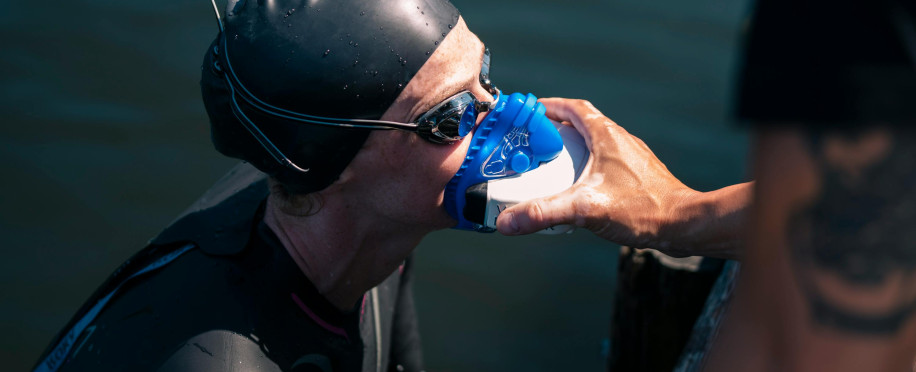Copyright © 2025 lmitac.com All Rights Reserved. Contact - Terms and Conditions - Privacy Policy - Quality Policy - Become an instructor - Vacancies - Sitemap
London Maritime Academy is a trade name for London Premier Groupversion: 2.9.0
London Maritime Academy is a trade name for London Premier Group

Posted on : 6/13/2024, 11:32:08 PM
If you're sending out a ship to an unknown water, it's only reasonable that this ship has the ability to make that trip accident-free, this is a the definition of seaworthiness.
Unseaworthiness, on the other hand, happens when a ship suffers from any type of inadequacy that deems it unworthy of making that trip.
Is this all? Not even the slightest. Join us as we delve into the depths of this pivotal issue, understanding its significance in ensuring the safety of vessels, crew, and the marine environment.
Unseaworthiness in legal terms of maritime law is a scenario whereby a ship should not be taken to the sea because of its deficiencies, damages, injuries, or lack of some essential equipment.
A ship can be deemed unseaworthy when it is not fit to be used for maritime purposes in terms of safety, fitness to navigate the seas properly, and seaworthiness as provided by the codes of practice and any other regulatory measures governing the shipping industry.
A ship that is injured or not in good condition is deemed a liability, meaning it's unsafe for this ship to perform its offshore duties adequately. Some common conditions that cause unseaworthiness are:
Defective Equipment: In most cases, lack of proper navigation, safety appliances, or propulsion equipment will make a vessel liable and unseaworthy and this is dangerous to the crew of seamen as well as the cargo.
Inadequate Maintenance: Negligence or inadequate structural care by the shipowner, cracks, or damage to equipment can lead to the unseaworthiness of a vessel.
Lack of Safety Measures: For a vessel to be considered unseaworthy, specific safety measures that should be in place are either lacking or outdated, emergency measures are missing or outdated, and firefighting apparatus is absent.
Cargo Overloading: Overloading a ship means that the safe load capacity of the ship will be exceeded which in turn may result in an injury and instability, thus making the ship unseaworthy.

Unseaworthiness has been known to have major effects on the safety of maritime transport throughout the world:
In as much as navigational tools like dynamic positioning are a vital aspect of transport, the safety of the vessel is paramount to the crew's well-being. A ship that has been categorized as unseaworthy is highly dangerous to the crew since accidents, injuries or even cases of maritime disasters may likely happen.
Thus, the commitment to maintaining high standards of seaworthiness protects the professionally employed maritime personnel by the employers, the shipowners, and operators.
The fact is that a defective boat not only endangers human lives and health but also can harm the marine environment critical to the existence of mankind. Ships that have not been well maintained will discharge pollutants or hazardous or fuel substances that are detrimental to the environment and increase sea pollution.
Nonetheless, although ensuring seaworthiness constitutes an important thread in the protection of the sea and marine environment, the legal regime in this specific area remains a relatively new and underdeveloped field of law.
International and federal shipping doctrine, as provided by the IMO statutes and strict Supreme Court, claims that vessels should remain absolute seaworthy. Failure to adhere to these regulations by traveling in an unseaworthy ship leaves an operator at the risk of facing some legal consequences, request for compensation or even having the operations suspended.
Abiding by high safety standards is very important for advocacy of safety regulations in the maritime sector as well as for inculcating good safety practices and culture.
There are many ways to battle unseaworthiness, here’s what you should do:
Regular checks, servicing, and assessments are crucial to address possible complications that may lead to the unseaworthiness of a vessel. It is vital to safely inspect equipment, appurtenance systems, and hull components regularly to reduce the risk levels and guarantee the ship’s functionality.
It is important to conduct training for the crew in safety precautions, emergency procedures, and operational standards as far as the safety of the crew and or passengers is concerned.
Qualified people who have undergone maritime courses online can manage crises, avoid mishaps, and play a pivotal role in the vessel’s preparedness.
Documentation is crucial when it comes to the inspection, maintenance, as well as compliance audit activities essential in proving seaworthiness to the authorities. The purpose of documentation is to enhance the release of information by providing accountability and evidence that safety measures have been complied with.
Based on that, owners have a duty to provide... and if they fail to do so or sailors suffered any injury during a cruise caused by the negligence of an employer, they may be entitled to punitive damages.
So as a ship owner, you are responsible for the personal protection of any crewman and worker on your ship that's why you should seek a consultation, maintain the safety of your workplace, and claim all your ships seaworthy.
In the intricate web of maritime safety and regulatory compliance, the concept of unseaworthiness stands as a beacon of vigilance and responsibility. Join the voyage today towards maritime safety and regulatory excellence, where the seas remain a realm of security, competence, and unwavering seaworthiness.